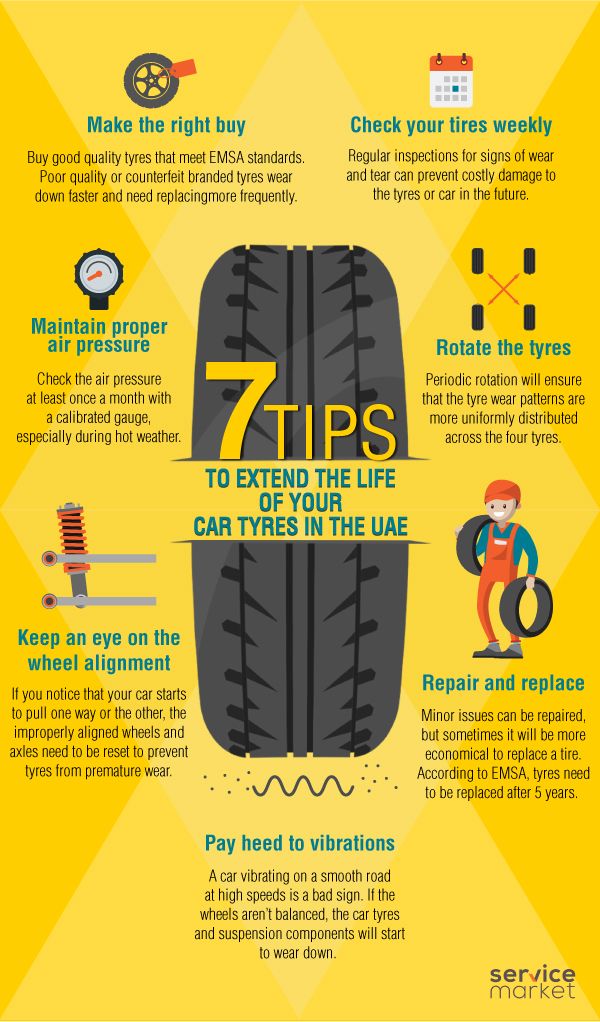Written by: Howmuchisit.org Staff
For certain vehicle models, if the tires are not balanced accordingly, it can result in an unpleasant vibration-like feeling while driving, and as tires have changed, so have the cars.
To avoid this vibration issue at hand, one of the best tools mechanics use is what’s known as a Road Force Touch balancing tool, an advanced balancing tool which spins the tire against the roller to account for any type of variation in the tire’s sidewall as it can be common for stiff spots to occur here. If so, this is what can cause the car to shake while driving, even if the tires are balanced for its weight.
Today, since tires are considered to a much lower profile, the distance from the rim at the top of the tread tends to be less and the sidewalls can be much stiffer, meaning minor problems can be amplified and transmitted to the car, according to MotorWeek.org.
“Tire” (CC BY 2. 0) by Charles Williams
The cost of a road force balance greatly depends upon your geographical region and where you have the job done. From our research, the average cost, if you were to use a franchise-based mechanic, per se, such as Discount Tire, then you’re looking at a total of $15 to $30 per tire or about $60 to $125 for all four, and this will be the additional price outside of the tire balancing quote. The costs at a local dealer, from those who did post their quotes, were often about 20-30 percent more than using an independent tire shop, usually around $100~ for all four.
According to members on this BobistheOilGuy.com forum thread, for example, someone said the going rate around his area was about $25 per tire, while another said he paid $18 per wheel.
A member on this CovetteForum.com thread said his local dealer charges $100 for all four wheels, whereas someone who replied said he paid $85 for all four.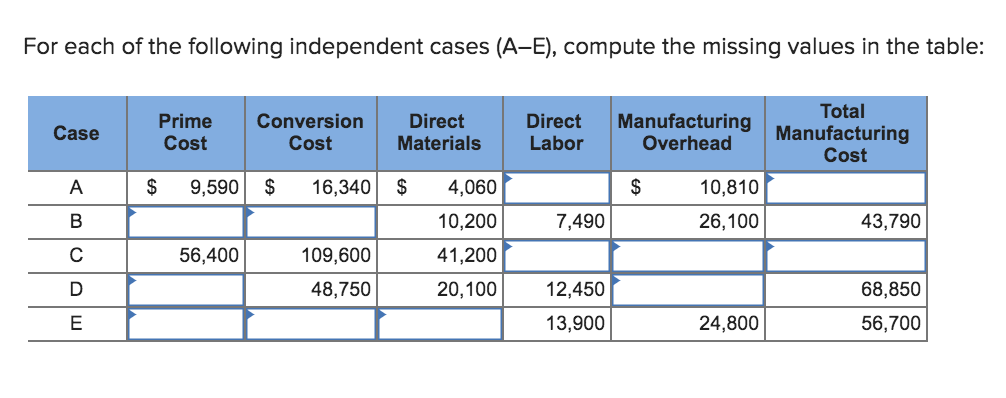
The road force balancer, along with performing a traditional spin balance, will measure the tire and wheel by pressing a large roller against the thread as the tire is spinning. Applying about 1,400 pounds of pressure as the tire is spinning, this process is meant to simulate the weight of the car as if it were traveling on the road.
As the tire is spinning, the computer, along with strategically placed sensors, determine the variations of the tire stiffness, radial runout and if anything is obstructing the tire’s construction that would ultimately affect the tire and wheel from working appropriately when in use, according to TireReview.com.
In the end, the computer will tell the mechanic where he or she needs to shift the tire around the wheel until it is in the most effective point of the tire, matching the lowest point of the wheel. In some rare cases, the machine may be needed to run a combination of tires to determine which wheel and tire combination works best.
Not all installers offer this type of service, so before taking your car, talk with the mechanic ahead of time to see if they can provide the service.
Call around. Whether it’s an independent and/or dealer, most places will be able to give you a quote over the phone as to how much it will cost.
The road force balancing process, according to Discount Tire, takes about 20 additional minutes to perform on a set of tires/wheels.
Advertising Disclosure: This content may include referral links. Please read our disclosure policy for more info.
Average Reported Cost: $0In a perfect world, if wheels were perfectly-machined, if tires were perfectly round, and their casings and compounds are entirely uniform in properties, there would be no need for tire balancing.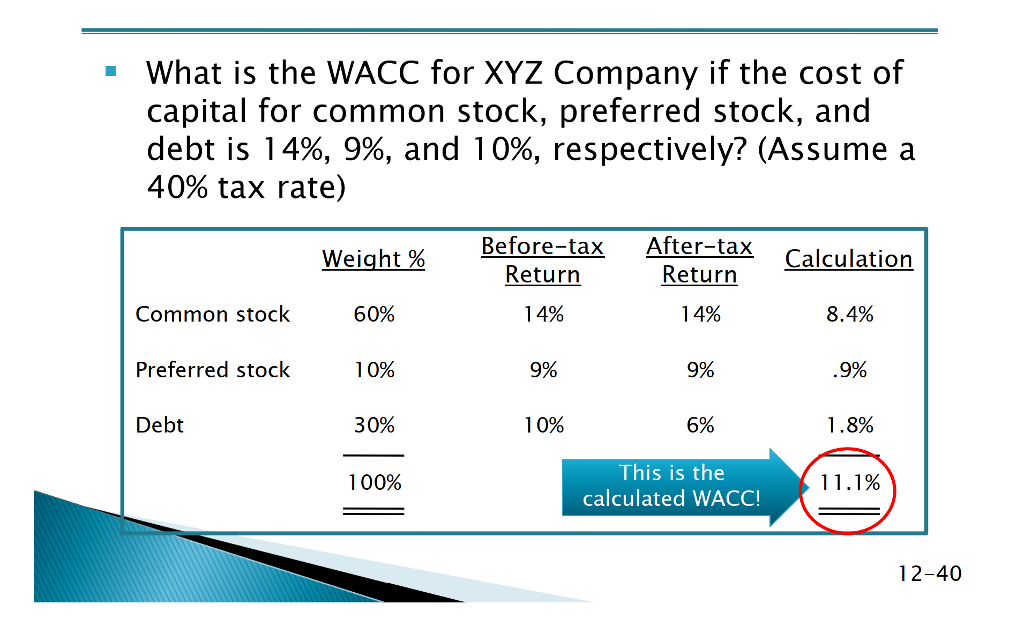 But there are always inevitably margins of error and variances in the above.
But there are always inevitably margins of error and variances in the above.
An average tire can weigh 20 pounds or so and generates a massive amount of centrifugal force at speed. Any variation in roundness or weight distribution leads to vibration issues.
The cost to balance tires is usually a package price for all four and varies from about $40 to $80. There are two basic types of balancing: dual plane and static.
Dual plane (or “dynamic”) balancing splits the wheel into two planes: the inner and the outer and balances them both down to zero separately. This is generally the most common and recommended.
Not all rims are designed for that and often, a static or single plane balance is done. That looks at the wheel as a single plane and applies balancing weights only at the center-line of the wheel.
The procedure is about the same either way and the cost to get your tires balanced is most often the same. Usually, the decision about what balance method will work best is left up to the mechanic doing the work.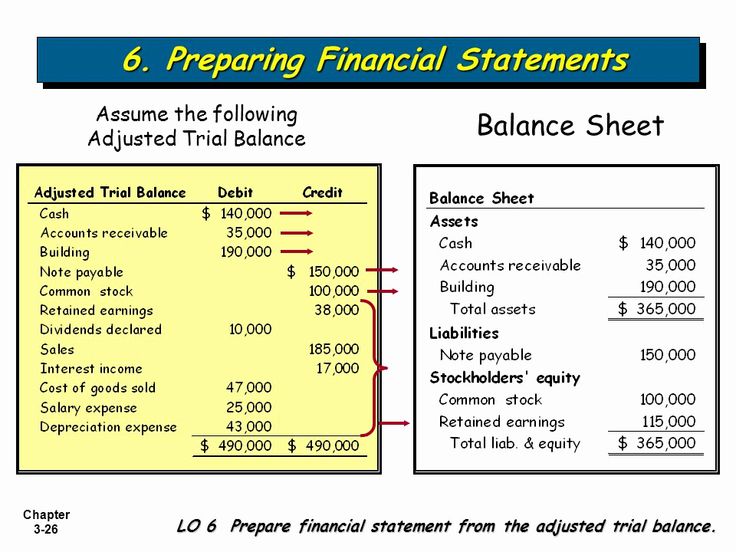
Think of it like swinging a small weight on a string in a circle over your head. Whenever the weight is in the point of rotation, it pulls your hand toward that point.
A tire balancer spins the wheel and looks for that pull. It then calculates an exactly equal weight to place exactly opposite to the pull; effectively canceling out the imbalance and ideally, leaving exactly zero side-forces at the center point.
When road-speed-dependent vibrations are felt in an automobile, the general rule is that it will be a rotating part that is out of round or out of balance. By far the most common cause is a wheel out of balance.
If you feel it in the steering wheel, it’s probably a front tire. On the other hand, when you feel it in the rear chassis, it’s usually a rear tire. It’s most common and recommended that, when it’s necessary to check a tire for balance, you just go ahead and check them all and rebalance as necessary.
The above balancing description refers to the old and common method of zeroing out the weight-related side forces at the center of a wheel’s rotation.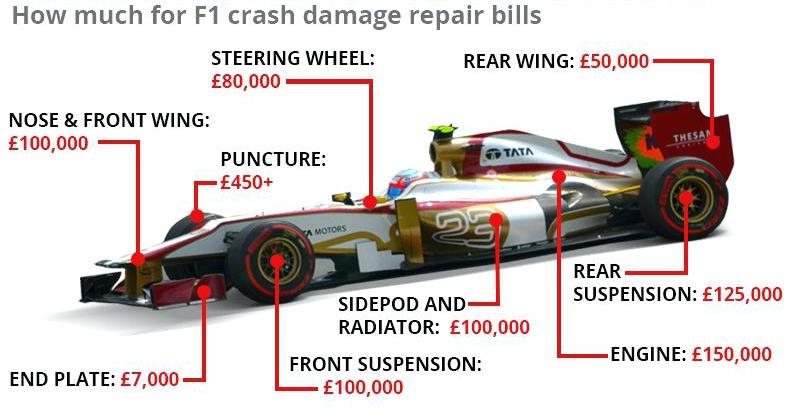 Another less common problem is from road force vibrations where there is a variance in either the roundness of the tire or wheel or the stiffness of the tire sidewall.
Another less common problem is from road force vibrations where there is a variance in either the roundness of the tire or wheel or the stiffness of the tire sidewall.
Either one of these can also cause road-speed-dependent vibrations. A road force balancer is a machine designed to correct that.
It spins the wheel while using a roller to bear against the tire surface just as the road would. Then, it calculates the lowest point of the rim and the stiffest point of the tire sidewall and indicates those two points.
Rather than simply applying weights, this requires the tire beads to be dismounted and then, the tire is shifted on the wheel to the ideal position indicated by the machine. After this, conventional balancing still needs to be done.
Road force wheel balancing price varies from about $50 to $120. It’s worth noting that road force-induced vibration problems are rarely noticeable and the road force balancing is often only done when conventional balancing has failed to resolve vibration issues.
The machines are also more expensive and less common. Shops in many areas, if they don’t have a road force balancer, will often sublet vehicles needing that service out to a shop that does if necessary.
If conventional balancing doesn’t resolve an issue, road force balancing is also a good way to check the tire for out-of-roundness, to check for flat spots on the tire, and to rule out a bent rim. In both cases, the tire/rim assembly can be perfectly balanced but still cause noticeable problems on the road.
A road force balance should catch any of those problems if they are not otherwise obvious.
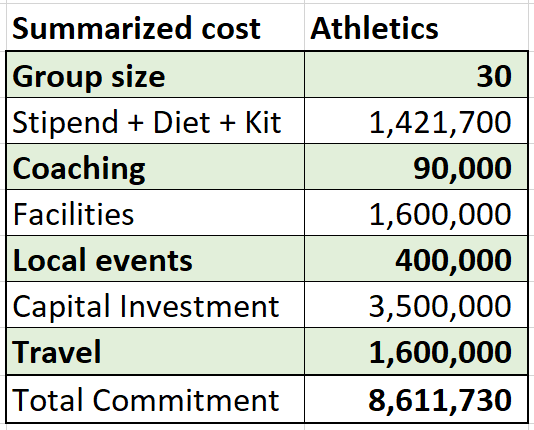 A tire roundness or road force issue is usually more noticeable at lower speeds. Letting the shop know when the problem occurs helps greatly in diagnosing the problem and verifying that it has been solved.
A tire roundness or road force issue is usually more noticeable at lower speeds. Letting the shop know when the problem occurs helps greatly in diagnosing the problem and verifying that it has been solved.The most common problem is that wheel weights can fall off. Weights are of two types: either clip-on or adhesive mount.
Adhesives don’t always stick perfectly and it’s often a challenge to prepare a dirty, rusted, or even corroded rim surface adequately for good adhesion. Clip-on weights have a few varieties to fit different rim profiles, but there are far more different rim profiles than there are wheel weight varieties.
Clip-on weights have a few varieties to fit different rim profiles, but there are far more different rim profiles than there are wheel weight varieties.
In most cases, the shop will use what fits best, but sometimes, a weight will work loose. If the weight comes off, the wheel is no longer in balance and vibration might be felt.
The simple solution is to take the vehicle back to the shop and let them know. It is a common thing to have to re-check tire balances.
Our Opel Station service provides quality tire fitting services for any car, including Opel, Chevrolet, Ford and other brands. All work is carried out professionally and conscientiously, the work is guaranteed.
During tire fitting, the following works will be performed:
Comprehensive works for cars
(price in rubles)
| Name of works | 13" | 14" | 15" | 16" | 17" | 18" |
| Replacement wheel assembly Removal - balancing - installation of four wheels - pumping | 800 | 1000 | 1000 | 1000 | 1100 | 1400 |
| Rubber replacement Removal - dismantling and installation of rubber - balancing - installation of four wheels - pumping | 1600 | 1600 | 1800 | 1800 | 2000 | 2200 |
Piece work for cars
(cost in rubles)
| Wheel diameter | 13" | 14" | 15" | 16" | 17" | 18" | 19" | 20" | 21"-24" |
| Removal and installation of one wheel | 60 | 80 | 90 | 110 | 130 | 150 | 170 | 210 | 270 |
| Removing one tire | 100 | 100 | 110 | 120 | 150 | 190 | | | |
| Mounting one bar | 100 | 100 | 110 | 130 | 170 | 200 | | | |
| Single wheel balancing | 120 | 150 | 170 | 210 | 270 | 310 | 350 | 400 | 470 |
Additional work
(price in rubles)
| Checking pressure or pumping one wheel | 25 | ||||||||
| Additional work - disassembly, installation of one RunFlat tire (for 1 wheel) | 100 | ||||||||
| Cleaning the rim, sealing the bead of one tire with sealant | 100 | ||||||||
| Additional works not included in the price list (based on 10 min) | 100 | ||||||||
All consumables included.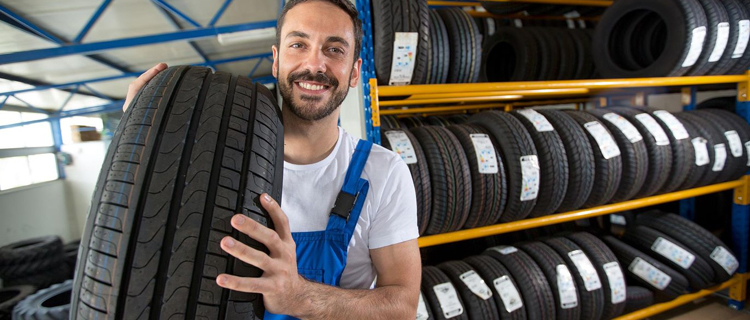
At your request, we can dispose of used tires.
About tire fitting
Changing tires is not an easy task. You need to spend not only time, but also money on it, because it is better to turn to specialists. Most of those who for the first time tried to save money and do everything on their own, as a result, spent a lot of effort, time and no longer did it.
Nowadays, there are enough quality tire shops, one of which is OpelStation. We employ masters of their craft and have equipment that helps them to perform high-quality work on replacing tires and balancing wheels. Thanks to this, we can provide a guarantee for our services.
We professionally perform not only tire replacement, but also such works as: computer diagnostics, repairs of any complexity, brake pad replacement, oil change, body repair and much more.
Why change tires?
Every car owner should know that all tires have a certain service life, exceeding which is not only not recommended, but also very dangerous.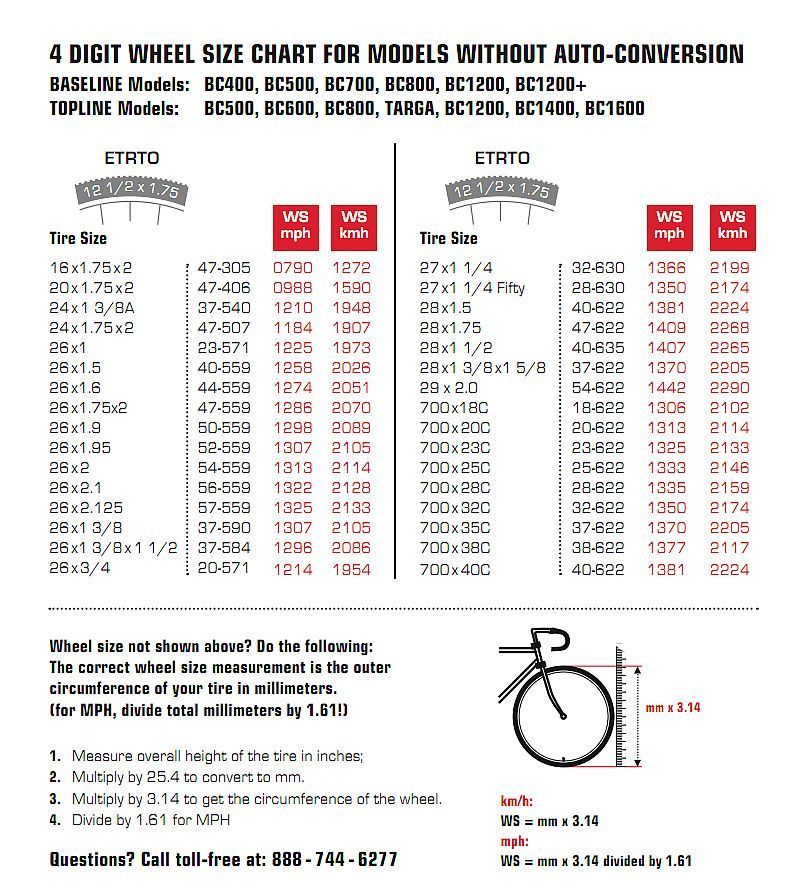 The same applies to the mandatory transition from summer to winter tires and vice versa. If you ignore these rules, you put yourself and other road users at risk.
The same applies to the mandatory transition from summer to winter tires and vice versa. If you ignore these rules, you put yourself and other road users at risk.
You don't have to wait until the last minute to change your tires, you still have to do it, so why put yourself and others at unnecessary risk? With the onset of autumn, car owners often hesitate to switch to winter tires because of the hope that the weather will still be good and they can ride on summer wheels. But such a decision can have fraught consequences, and it’s good if it costs only body repairs.
The right moment to change tires can be considered the period when the average daily temperature becomes +5 degrees C (+10 during the day, 0 at night). The fact is that summer tires are much tougher than winter tires due to various impurities in rubber, this is done so that summer tires grind less on asphalt. The winter tire is very soft, thanks to which it remains softer even at low temperatures and provides more grip and driving safety.
Tire change process
We carry out all work, adhering to a certain algorithm. First, remove the wheel, then dismantle the tire, clean the disc and change the valve (if necessary). Next, new tires are installed. Everything will go smoothly and quickly for you.
How much does tire fitting cost?
We work with high quality and do not ask exorbitant prices. At Opel Station, you'll find discounts and promotions that will lift your spirits even more.
Worry about your safety and about your car - come to our service center, we will deal with problems of any complexity quickly and inexpensively!
When using a car, do not forget to pay attention to tires. After all, how comfortable and safe the car will feel on the road depends on their characteristics, degree of wear and quality. By following certain rules and paying due attention, you can easily maintain the working potential of your tires for a long time, and you can also guarantee yourself good handling and safety.
Today, a large number of car manufacturers are trying to improve as many parameters as possible: comfort, reliability, design. But safety is always in the foreground, and to improve the safety of modern cars, manufacturers are focusing on improving tire technology. Both in theory and in practice, the braking distance, the accuracy of maneuvers (especially at high speeds) depends on the tire parameters. To ensure maximum driving safety, tires must be used correctly and properly cared for.
A little about the use of tires
The first thing to focus on is regular monitoring of tire pressure. Often, the manufacturer, based on a large number of tests, determines the most favorable pressure for the best control of the car. If you do not follow the standards declared by the manufacturer, you can very quickly cause tires to fail, which, accordingly, will lead to a decrease in safety.
Consider some parameters that directly depend on tire pressure:
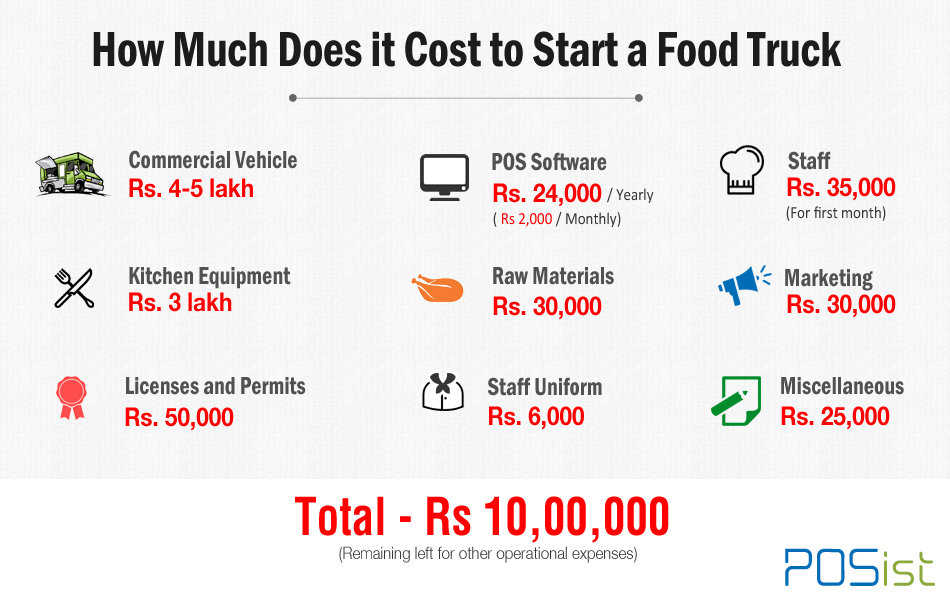 Proper pressure makes it easier for the car to accelerate quickly and contributes to quick braking. If the pressure is less than normal, then the car noticeably loses in dynamics;
Proper pressure makes it easier for the car to accelerate quickly and contributes to quick braking. If the pressure is less than normal, then the car noticeably loses in dynamics;  Otherwise, even if the braking distance is reduced, the area of contact of the tires with the surface will increase. This will lead to rapid tire wear and the impossibility of their further use. It is worth paying maximum attention to this, because the braking distance may determine whether an accident occurs or not;
Otherwise, even if the braking distance is reduced, the area of contact of the tires with the surface will increase. This will lead to rapid tire wear and the impossibility of their further use. It is worth paying maximum attention to this, because the braking distance may determine whether an accident occurs or not; Based on the above, it becomes clear that such a "little thing" as tire pressure can greatly affect the operation of the vehicle. How often should you check your pressure? Before driving, you should at least perform a visual inspection of all wheels of the car. If you notice discrepancies with the norm, check with a pressure gauge. Even if no external manifestations of insufficient pressure are observed, it does not hurt to check with a pressure gauge on a regular basis. Do not forget that such a check should be performed before the trip, as the tire heats up when driving, and, accordingly, the air temperature rises. The result is a short-term increase in pressure.
Do not forget that such a check should be performed before the trip, as the tire heats up when driving, and, accordingly, the air temperature rises. The result is a short-term increase in pressure.
Tread wear monitoring
Also, do not forget about the tire tread - the driver must pay attention to its condition and control its depth. This parameter affects how the vehicle behaves when braking.
The main parameters of tires are closely related to what pattern their surface (tread) has. It guarantees the best grip on the road surface, provides precise control, and also helps to clean the wheel from water, swamps, various mud and snow. This way we get proper grip on the road.
But, like all car parts, tires wear out over time. In this regard, the protector is subjected to abrasion and its thickness becomes smaller. Of course, this leads to poor handling and lengthening of the braking distance. And erasing the tread in heavy or special. technology leads to a noticeable deterioration in patency in off-road areas. If the tread is completely worn out, then further driving on such a tire is simply unsafe, since poor handling and prolonged braking can lead to an accident.
If the tread is completely worn out, then further driving on such a tire is simply unsafe, since poor handling and prolonged braking can lead to an accident.
The tread height is therefore regulated by law. According to this law, every person using the car is obliged to comply with the set requirements for tire wear.
The following minimum tread heights are currently set:
If the tread of your vehicle's tires has reached such a mark, then you need to change them immediately, as continuing to operate a car with a worn tread will be a direct violation of traffic rules. You can find out what tread height you currently have in more than one way. Today, most often this can be done using a special wear indicator located on the tread itself.
Wear indicators
What is a wear indicator and where can I find it? Everything is very simple - this is a piece of the tread, located on a special segment, which differs from the rest of the tread in its shape and dimensions.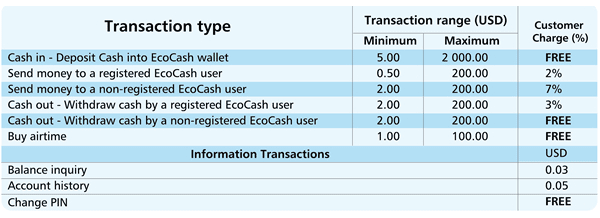 To date, actual indicators are as follows:
To date, actual indicators are as follows:
Nevertheless, indicators with numbers are much more convenient, since they are simply easier to understand. In this regard, they can most often be found on tire treads. Naturally, such an indicator on the tire is not presented in one copy, but is evenly applied on different parts of the tread so that it is convenient to check the degree of wear at any location of the tire. This decision is also good because one can only judge the condition of the tire not by its individual segment, but by the degree of tread wear on the entire surface of the tire.
For ease of detection, a pointer is located on the side of the tire, by which you can understand where the indicator is located. As a rule, these are triangles. In some manufacturers, in very rare cases, you can see exclusive icons (for example, a campaign logo).
It remains only to determine the degree of tread wear. There is nothing difficult in this. Locate the pointer to the tread wear indicator. According to the indicators, you can determine the degree of tread wear. If you have a volumetric indicator, then also find it and compare the position of the indicator relative to the position of the tread. If they are at the same level, then this indicates that it is necessary to immediately replace the tires. If the tread approaches the indicator, then this indicates that the tires will soon become unusable.
Tire damage
We strongly recommend that you occasionally inspect the wheels for cracks or other mechanical damage. They can occur both as a result of normal wear and tear, and due to other factors, such as: poor quality roadway, various objects that you can run into (stones, nails, etc.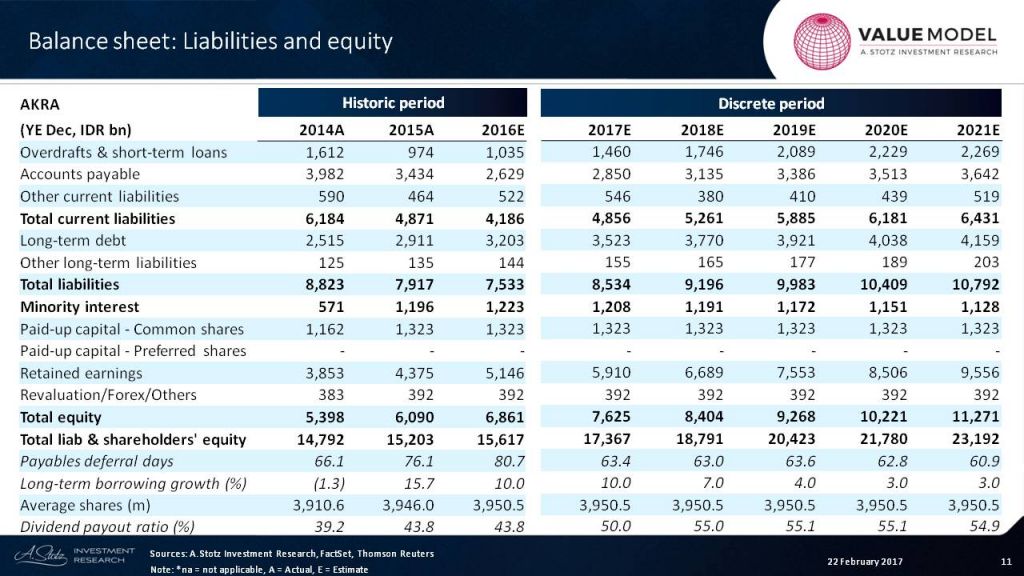 ), etc. Also, damage can be caused by hitting a curb or driving into a pothole at high speed. If, during a visual inspection, you notice a foreign object in the tire tread, then eliminate it, since with constant exposure to the tire, it can deform it.
), etc. Also, damage can be caused by hitting a curb or driving into a pothole at high speed. If, during a visual inspection, you notice a foreign object in the tire tread, then eliminate it, since with constant exposure to the tire, it can deform it.
Pay attention to the valve - whether it passes air. Often it is he who becomes the culprit of low tire pressure.
And, of course, even the slightest damage to the tire must be replaced.
A little bit about wheel balancing
During maintenance, remember the important process of wheel balancing. Balancing reduces the imbalance of the wheels of the car. Remember that if you ignore this process, you can ruin not only the tire, but also indirectly provoke the breakdown of the chassis elements. Here is what it entails to use a wheel that has not been balanced:
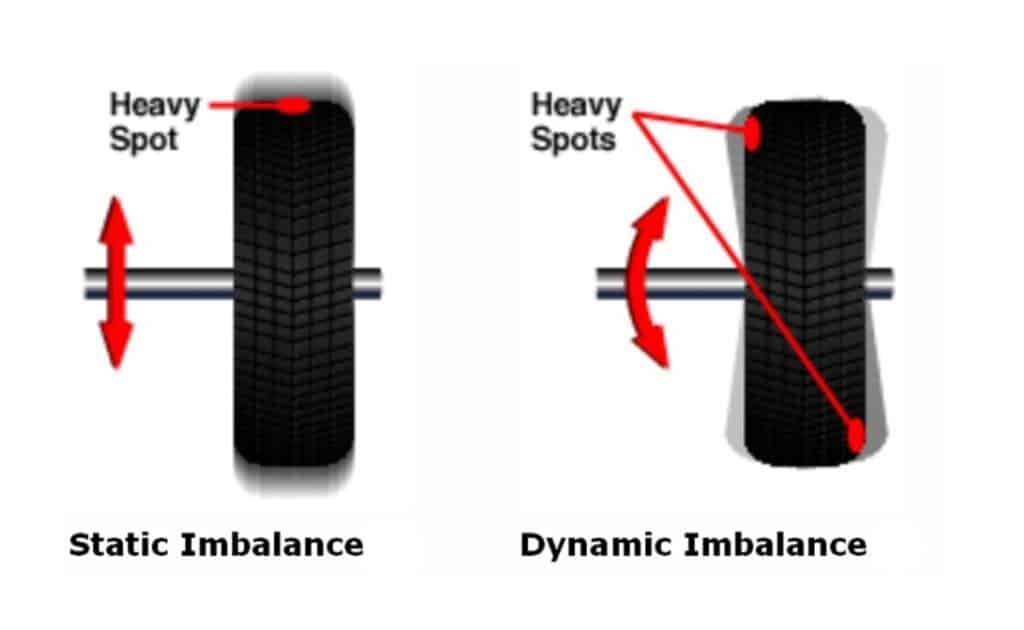 In this regard, the tire resource will be used up very quickly;
In this regard, the tire resource will be used up very quickly; Wheel alignment in a nutshell
Wheel alignment is an important maintenance step. It is he who guarantees smooth movement of the car in a straight line and smoothness when entering a turn. This process adjusts the angles of the wheels to put them in the most favorable position. If at least one wheel is not at its own angle, this will lead to rapid wear of its tires and even damage to the running system.
Correctly adjust the alignment can only be experienced specialists. Today, this procedure is performed at a higher level than 20 years ago. You can determine the incorrect position of the wheels right in the parking lot. Another option: pick up a speed of 60-70 km / h, then lower the steering wheel. If the car began to drive to the sides, keep your way to the workshop.
Timely change of seasonal tires
Every motorist should not forget that seasonal tire change should take place, as you might guess, in accordance with the change of season. On the one hand, this is necessary in order for the tires to be used in the weather conditions for which they were created. The fact is that rubber, which is made for the summer and winter seasons, shows optimal performance at plus and, accordingly, minus temperatures. On the other hand, the ride is more comfortable in every respect: the tires do not make noise, they behave better on different surfaces, etc. For example:
On the one hand, this is necessary in order for the tires to be used in the weather conditions for which they were created. The fact is that rubber, which is made for the summer and winter seasons, shows optimal performance at plus and, accordingly, minus temperatures. On the other hand, the ride is more comfortable in every respect: the tires do not make noise, they behave better on different surfaces, etc. For example:
It's simple: "change" your car according to the season, or give preference to all-season tires.
How to properly store tires?
Tire storage requires certain conditions: a suitable temperature in the range of +12-16°C, protection from moisture and sunlight, and protection from stress. Tires should be stored horizontally, with occasional turning, and not stacked. A garage can be used for storage, but it must be dry, have a solid roof and be heated. More details:
Tires should be stored horizontally, with occasional turning, and not stacked. A garage can be used for storage, but it must be dry, have a solid roof and be heated. More details:
Tire storage is also easy. Storage in a decent garage is acceptable, but if its roof is leaking or it is not heated during the cold season, the rubber will not last long and when mounting tires on wheels and going out onto the road, they may burst.
Finally, never use old tires.
Conclusion
Based on all of the above, it becomes clear that the condition of the tires directly affects the driving and braking distance. And these parameters affect the safety of traffic on the vehicle. Therefore, if you notice tread wear, mechanical damage or signs of deformation, you will have to refuse to use such a tire. Do not close your eyes to the above, because this is primarily your safety and the safety of your passengers.
Car tires, despite their simplicity and unpretentiousness, also need proper maintenance and attention. There is nothing complicated here: before driving, check the tire pressures, identify the presence of mechanical damage, and also make sure that no object is stuck in the tread. During maintenance, do not forget about the alignment. Also, do not forget to “change shoes” into winter tires with the onset of cold weather, and with warming, respectively, into summer tires. Follow the storage rules so that the tires do not become unusable too early.